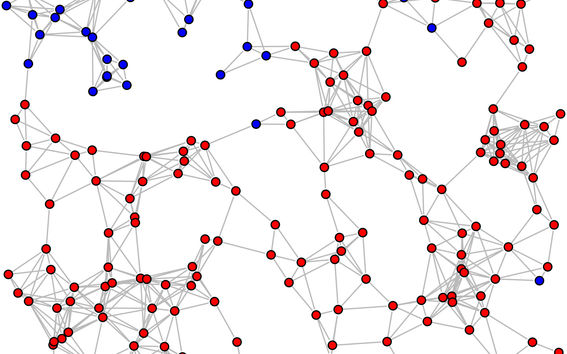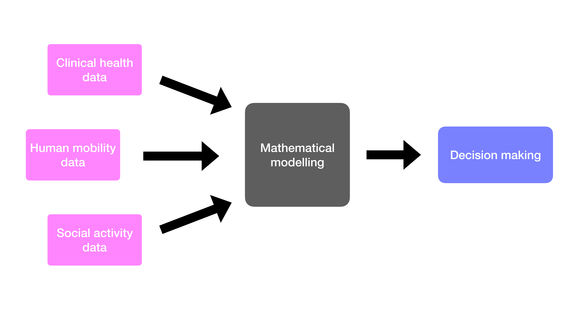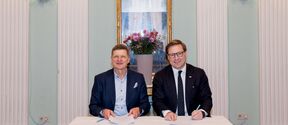New epidemic modelling facilitates assessment of corona strategies

The NordicMathCovid project aims to model corona and future epidemics more extensively than has been previously attempted. It also builds towards long-term cooperation in mathematical modelling and extensive collection of health data.
"’One of the purposes of the project is to compare different corona models and scenarios in different countries. For example, we can apply Swedish figures to conditions in Finland and Norway or see what would have happened if Sweden had acted differently,’ says Professor Lasse Leskelä from Aalto University.
Traditional epidemic modelling does not take into account the network structure, geographical location or human mobility. Modern network theory provides computational methods for modelling population contact structures, which is needed in order to assess, for example, the contribution of school closures towards slowing down the epidemic.
‘We are studying large populations. We do not assume that individuals are associated to each other on an entirely random basis; instead, we apply knowledge about how social networks are usually shaped: some people, such as superspreaders, have more contacts than others. In addition, social networks are clustered, which means that the connections are interlaced,’ explains Professor Mikko Kivelä.
The large variations in contacts, mobility and social activity in different population groups have a significant impact on the spread of the epidemic and the formation of immunity. In order to understand these phenomena, the project will develop new stochastic models.

Data from different sources
The researchers are utilising an as diverse as possible range of realistic and real-time medical, physical and social data. At the general level, Statistics Finland is providing data related to people's mobility, with telecommunications operators providing more detailed data. Vehicle data can be obtained from road traffic. Local authorities can provide structural data on schools, which provides information on which areas the pupils of different schools are drawn from.
‘The data is always stored on the secure servers that belong to its owner or to the CSC IT Center for Science’, Leskelä explains.
In addition to examining the spread of communicable diseases, the data and models may also be used to compare diverse vaccination strategies.
‘Mathematical modelling allows to explore and try to understand the spread of the epidemic and also the question of who should be vaccinated first,’ says Professor Tapio Ala-Nissilä.
The research can also be used to examine the structure of the infectious disease situation.
‘Our research can tell us, for example, how working remotely affects the spread of the disease,’ Kivelä explains.
The project is led by Professor Tom Britton from the University of Stockholm and includes researchers from Aalto University and the University of Oslo as well as the countries’ national health institutes: the Finnish Institute for Health and Welfare (THL), the Public Health Agency of Sweden and the Norwegian Institute of Public Health (NIPH). In addition to the stochastics research group led by Lasse Leskelä, the project also includes Mikko Kivelä's network science research group and Tapio Ala-Nissilä's computational physics research group.
The budget for the two-year project comes in at just under EUR 1 million. The project is funded by NordForsk.
The name of the project is ‘Data streams and mathematical modelling pipelines to support preparedness and decision making for COVID-19 and future pandemics’. An objective for the future is to extend the cooperation in mathematical modelling to also include Denmark, Iceland and the Baltic countries.
Further information:
Read more news

The semiconductor sector jobs open in research groups
Semi-Summer 2026 programme will provide an opportunity to gain the skills needed in a growing and international semiconductor sector.
New cooperation agreement between the City of Helsinki and Aalto University to strengthen a sustainable, vibrant and knowledgeable city
The main themes of the cooperation are vitality, innovations and entrepreneurship, as well as research cooperation and knowledgeable labour, drawing heavily on the research and education expertise of the university.
Aalto Inventors innovation training coming for hydrogen, quantum and microelectronics researchers this spring
Connect with industry and academic thought-leaders and gain widely applicable skills in communication, intellectual property, and business.






